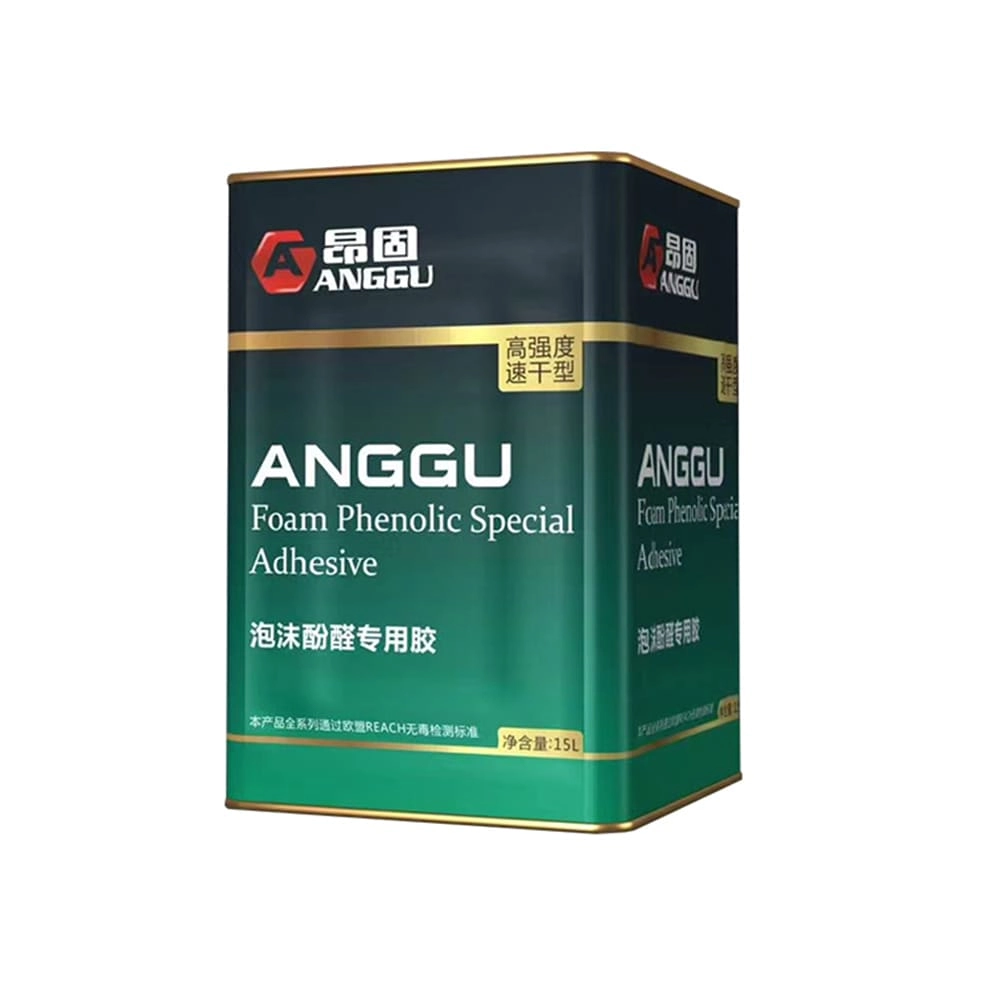How thick is acousticlining? | FUNAS Guide
Choosing the right acousticlining thickness is key to effective noise control. This guide explores common thicknesses (1-4 inches), influencing factors (frequency, application, budget), and helps you select the best option for optimal sound absorption. FUNAS provides expert insights for professionals.
How Thick is Acousticlining? A Guide for Professionals
Choosing the right acoustical lining thickness is crucial for effective noise control. This article clarifies the common thicknesses available and helps you determine the best option for your specific project. Understanding Acousticlining thickness is key to achieving optimal sound absorption and reducing unwanted noise.
Understanding Acousticlining Thicknesses
Acousticlining, a popular choice for sound absorption, comes in various thicknesses. The thickness directly impacts its sound absorption coefficient (SAC). Thicker panels generally offer superior performance at lower frequencies. Common thicknesses range from 1 inch to 4 inches, with each offering a different balance of performance and cost.
Factors Influencing Acousticlining Thickness Selection
Several factors influence the optimal acousticlining thickness for your project:
* Frequency Range: Lower frequencies require thicker panels for effective absorption. Higher frequencies can be controlled with thinner material.
* Application: The intended use dictates the necessary level of sound absorption. Critical listening environments may require thicker, higher-performing acousticlining.
* Budget: Thicker acousticlining typically comes with a higher price tag. Balancing performance and budget is essential.
* Aesthetic Considerations: Thickness impacts the overall look and feel of the installation.
Common Acousticlining Thicknesses and Their Applications
* 1-inch Acousticlining: Suitable for high-frequency noise reduction and applications where space is limited. Often used in home theaters or smaller studios.
* 2-inch Acousticlining: Offers a good balance between performance and cost. Effective for mid-range frequencies and a wider variety of applications.
* 3-inch Acousticlining: Provides improved low-frequency absorption, ideal for larger rooms or spaces with significant low-frequency noise issues.
* 4-inch Acousticlining: Best for critical noise control applications where superior low-frequency absorption is essential, like recording studios or industrial settings.
Choosing the Right Thickness for Your Needs
Consult specifications and conduct sound testing to determine the most suitable acousticlining thickness. Considering the factors above and consulting with an acoustics professional can help you make an informed decision for your specific project.
What is thermal insulation for cars? | FUNAS Guide
What is the best thermal insulation for walls? | FUNAS Guide
What kind of insulation is used in cars? | FUNAS Guide
What are the different types of insulation in construction? | FUNAS Guide
How can l make my car heat resistant? | FUNAS Guide
FAQ
What types of rubber foam insulation do you offer?
We offer a wide range of rubber foam insulation with different thicknesses and specifications. Thermal insulation material manufacturer FUNAS sleeves and sheets are suitable for different application scenarios.
How do I choose the right insulation for my project?
Our team can help you choose the best material for heat insulation based on your specific needs, such as thermal resistance, acoustic properties, and environmental conditions.
service
What is your shipping and delivery process like?
We offer reliable logistics services for insulation material wholesale, both domestically and internationally. Our team ensures secure packaging, timely shipping, and real-time tracking so that your order reaches you in perfect condition and on schedule.
Are your rubber foam products environmentally friendly?
Yes, our insulation products are designed with sustainability in mind. They help reduce energy consumption by minimizing heat loss and gain, and they are made from durable materials that have a long life cycle, reducing the need for frequent replacement.
What types of rubber foam insulation products do you offer?
We offer a wide range of rubber foam insulation products, including custom shapes and sizes, thermal and acoustic insulation solutions, and options with specialized coatings such as flame retardancy and water resistance. Our products are suitable for applications in HVAC, automotive, construction, and more.
You might also like



This product has passed the national GB33372-2020 standard and GB18583-2008 standard. (The product is a yellow liquid.)
Anggu foam phenolic glue is a kind of glue with corrosion resistance, low odor, high strength and excellent brushing property. Can be sprayed for construction with fast surface drying speed, long bonding time, no chalking and convenient operation.

This product has passed the EU REACH non-toxic standard, ROHS non-toxic standard. (The product is black glue.)
Anggu 820glue is a low-odor, high-strength quick-drying glue; Fast drying speed, long bonding time, no powder, non-toxic.
Discover effective strategies for insulating new construction with our comprehensive guide by FUNAS. Learn key techniques and materials to enhance energy efficiency, reduce costs, and ensure comfort in your new building. Dive into expert insights on how to insulate new construction and make informed decisions that promote sustainability and durability. Elevate your construction projects with FUNAS.
Discover the future of energy efficiency with FUNAS's "Top Thermal Insulation Materials List for 2025." Our expertly curated list highlights innovative solutions perfect for your construction and renovation needs. Stay ahead of the curve with cutting-edge insulation technology designed for optimal thermal performance and sustainability. Trust FUNAS for advancements that redefine comfort and efficiency in every project.
Leave a message
Have any questions or concerns about our products? Please leave us a message here and our team will get back to you promptly.
Your queries, ideas, and collaboration opportunities are just a click away. Let’s start a conversation.


















































